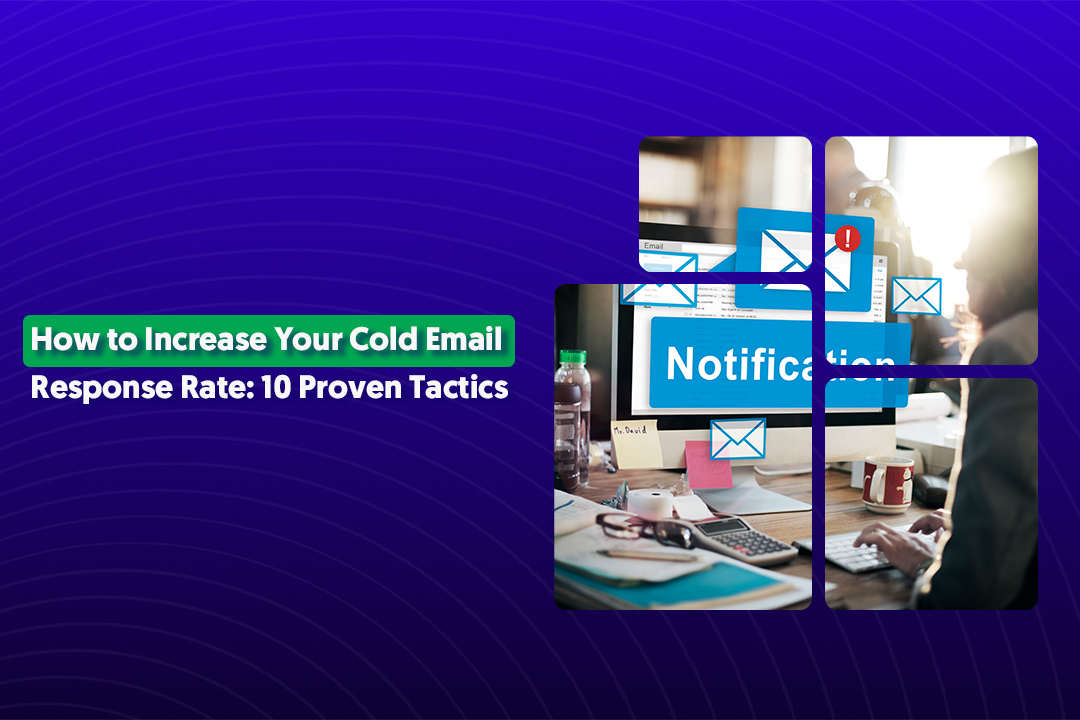Key Takeaways
- Rejection is data, not failure — every "no" tells you what to adjust in your timing, targeting, or delivery.
- 80% of sales need five follow-ups, yet most reps quit after one rejection — persistence separates top performers from average ones.
- Categorize your rejections (timing, fit, delivery, mood) to spot fixable patterns instead of taking losses personally.
- Detach from outcomes and focus on process metrics — measure calls made and conversations started, not just meetings booked.
- Test one script variable at a time and track results to continuously improve your approach based on real feedback.
- 60% of initial "nos" convert with consistent follow-up — the fortune is in the follow-through, not the first call.
If you've made 50 cold calls today, chances are you've heard "Not interested" at least 40 times — and that's okay.
Here's what most sales reps get wrong about cold calling rejection: they treat it like a personal failure. We see it differently. Every "no" is just information telling us what needs to change — our timing, our pitch, or sometimes just our prospect list.
Cold call rejection comes down to two things: numbers and mindset. The numbers part is simple math.
If you're not getting rejected, you're not making enough calls. The mindset part? That's where average SDRs and top performers split paths.
How to handle rejection in cold calling isn't about developing thicker skin. It's about developing a better system.
In this guide, we're breaking down why rejections in cold calling lead generation actually happen (hint: it's rarely about you), how to reframe them from setbacks to stepping stones, what to say when you hear "no" to keep doors open, and how to build the mental game that lets you thrive on dial 500 just like you did on dial 5.
Let's turn those "not interested" responses into your most valuable training data.
Why Rejection Is Inevitable (and Normal) in Cold Calling
Let's get the uncomfortable truth out of the way: cold call rejection is baked into the model.
The stats don't lie — 80% of sales require at least five follow-ups, yet reps give up after hearing one "no." That gap? That's where opportunity lives for those who understand what rejection actually means.
We've analyzed over 1 million cold calls, and here's what we found: most rejections have nothing to do with you or even your product. They happen because of four fixable issues:
- Bad timing — You caught your prospect in back-to-back meetings, dealing with a crisis, or right before they leave for vacation. They're not rejecting your solution; they're rejecting this moment.
- Irrelevant pitch — Your cold call opening didn't connect to their actual pain points. You led with features when they needed outcomes, or talked about problems they solved two years ago.
- Wrong contact or ICP mismatch — Sometimes you're talking to someone who can't buy, doesn't have budget authority, or works at a company that genuinely doesn't fit your ideal customer profile.
- Saturated messaging — Your prospect heard three similar pitches this week. The rejection isn't about your offer being bad — it's about your approach sounding identical to everyone else's.
Here's the psychological shift that changes everything: you're not being rejected — your offer or timing is. That VP who said "not interested" isn't rejecting you personally.
They're rejecting an interruption that didn't immediately prove its value.
We remember one of our SDRs who took a brutal "We'd never use something like this" call on a Tuesday. Instead of moving on, he noted the objection, researched why, and discovered the prospect had a bad experience with a competitor. He followed up two weeks later acknowledging that context.
Booked the meeting. The first "no" wasn't rejection — it was intel he needed to personalize the second attempt.
How to deal with cold call rejection starts with accepting it's not personal. It's just noise in the signal you're trying to find.
The Psychology Behind Cold Calling Rejection
Understanding how to deal with cold call rejection starts in your head, not your script.
Let's break down what's actually happening when you hear "no" — and why your brain makes it harder than it needs to be.
1. Rejection Isn't Personal
Here's what we remind every new SDR on their first day: the prospect doesn't know you. They've never met you. They have zero opinion about you as a human being.
When they say "not interested," they're rejecting an interruption in their workday, not your worth as a sales professional.
Think about it — you're a voice on the phone representing a solution they didn't ask for, at a time they didn't choose. That's not personal. That's just cold calling. The moment you separate you from the call, rejection loses its sting.

2. The Brain Science of Rejection
Your brain doesn't know the difference between social rejection and physical pain. When you hear "no" repeatedly, your amygdala triggers cortisol (your stress hormone) and suppresses dopamine (your motivation chemical).
This is why dial 47 feels harder than dial 7, even though nothing about the actual task has changed.
Your brain is trying to protect you from being "cast out of the tribe" — a survival mechanism that made sense 10,000 years ago but doesn't apply to B2B sales.
3. The Reframe: Replace "Failure" with "Feedback"
Elite SDRs don't count rejections as failures. They count them as data points. Got hung up on? That's feedback about your hook.
Heard "send me an email"? That's feedback about your value proposition not landing fast enough. Told "we're happy with our current solution"? That's competitive intel you didn't have five minutes ago.
We track this across our team: cold calling rejection tactics that work all involve treating "no" as information.
What was the objection? What time did it come? What title did it come from? When you log patterns instead of losses, you're building a playbook, not collecting scars.
Learn More Here: 10+ Proven Cold Calling Tips to Book More Meetings
4. The SDR Mindset Shift: You're Testing Hypotheses, Not Begging for Business
Top performers approach cold calling like scientists, not supplicants. Every call is a test:
- Does this hook work better than yesterday's?
- Does this industry respond differently than the last?
- Does the 10 AM slot outperform the 3 PM slot?
When you're testing hypotheses, there's no such thing as failure. There's only "confirmed" or "needs iteration." You're not begging someone to buy from you — you're validating whether your offer solves their problem and whether they're the right fit.
How to handle rejection in cold calling is really about how to handle your own biology and rewrite the story your brain tells you about what "no" means.
Common Types of Cold Call Rejections (and How to Handle Them)
Every "no" isn't final — it's a clue. Here's how to decode what prospects actually mean and respond like a pro using proven cold calling rejection tactics.
1. "Not Interested"
What it really means: "I don't see value yet."
This is the most common brush-off in cold calling, and it's usually automatic. They haven't processed what you're offering — they're just trying to end an unexpected interruption.
How to respond: "Totally get it, [Name]. Most of my clients said the same before realizing we could [specific benefit]. Curious — what would make this more relevant for you?"
Pro Tip: Use curiosity, not confrontation. You're not challenging their answer — you're genuinely trying to understand their world. This shifts the dynamic from "sales call" to "conversation."
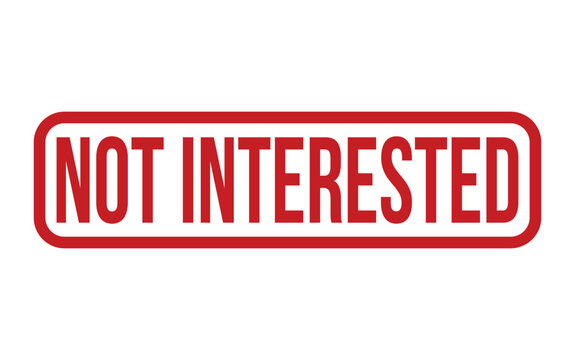
2. "We're Already Working With Someone"
This isn't a dead end. It's actually valuable competitive intelligence and a chance to position yourself strategically.
How to respond: "That's great — out of curiosity, what's working well for you with them? Sometimes we find teams still struggle with [pain point] even with a vendor in place."
Pro Tip: Respect existing vendors — position yourself as a backup or improvement, not a replacement. We've booked countless meetings by acknowledging their current solution and simply asking what could be better.
Explore Further: Ways to Re-Engage Lost Leads (Templates & Email Sequences)
3. "Send Me an Email"
The classic deflection. Most reps hear this and immediately hang up to fire off a generic email that never gets read. Cold calling rejection like this is actually an opening.
How to respond: "Of course — happy to. Just so I don't send you something generic, what's your top priority this quarter?"
Pro Tip: Use it to open dialogue, not exit the conversation. Even 30 more seconds can give you the personalization angle that makes your follow-up email actually get opened.

4. "Now's Not a Good Time"
At least they're being honest. This is one of the easier objections because it's rarely about your offer — it's literally about timing.
How to respond: "Totally understand — is next quarter usually better for planning initiatives like [problem area]?"
Pro Tip: Respect their time, but always schedule a follow-up. We've found that asking when instead of if dramatically increases the chance of a future conversation. Pin down a specific timeframe before you hang up.
5. "We Don't Have Budget"
Budget objections aren't always real objections. Sometimes they mean "we don't have budget for you" or "we haven't prioritized this yet." Sometimes they're completely legitimate.
How to respond: "Makes sense. Just curious, are you open to free strategies that have worked for similar companies until budget frees up?"
Pro Tip: Offer value-based content or a follow-up email with actionable insights. We've had prospects come back six months later saying "remember that resource you sent?" Stay in their orbit by being helpful, not pushy.

6. "I'm Not the Right Person"
This is actually good news. They're not saying "no" to your offer — they're saying "wrong person." How to handle rejection in cold calling often means treating redirects as wins.
How to respond: "Got it! Who would be the best person to discuss [topic] on your team?"
Pro Tip: Keep your tone positive and avoid making them feel unimportant. Thank them for their time and ask if they'd mind making a warm introduction. Even a name and title is valuable intel.
7. "Stop Calling Me" (The Harsh One)
This one stings, but it happens. Maybe you caught them at the worst possible moment. Maybe your team called them three times already. Maybe they're just having a terrible day.
How to respond: "Understood, [Name]. I'll update our records. Appreciate your time — hope your week goes smoothly."
Pro Tip: Stay calm and end gracefully. Never argue, never get defensive, never try to "win." We've seen reps burn bridges by pushing back on angry prospects. Take the high road, make a note in your CRM, and move on. Your professionalism in the hard moments is what builds your reputation.

The best cold calling rejection tactics are about understanding what the prospect is really telling you and responding in a way that keeps the door open for later.
Tactical Framework to Turn Rejections Into Wins
How to handle rejection in cold calling isn't just about what you say in the moment — it's about what you do after you hang up.
Here's the exact four-step system we use to transform rejections into actionable improvements and future opportunities.
1. Record the Call: Identify Trigger Words or Tone Shifts
You can't fix what you can't see. We record every cold call (with proper disclosure, obviously) because memory is unreliable when you're making 80+ dials a day.
Listen back for the exact moment the conversation shifted. Was it when you mentioned pricing? When you asked about their current solution? When you used industry jargon they didn't understand?
These trigger words and tone shifts are gold — they tell you exactly where your pitch is breaking down.
What to listen for:
- When their energy dropped from engaged to dismissive
- Specific words or phrases that caused hesitation
- Background noise or distractions that killed momentum
- Your own pace, tone, or filler words that weakened credibility
Most SDRs never listen to their own calls. The ones who do improve 3x faster because they're learning from actual data, not assumptions about what went wrong.
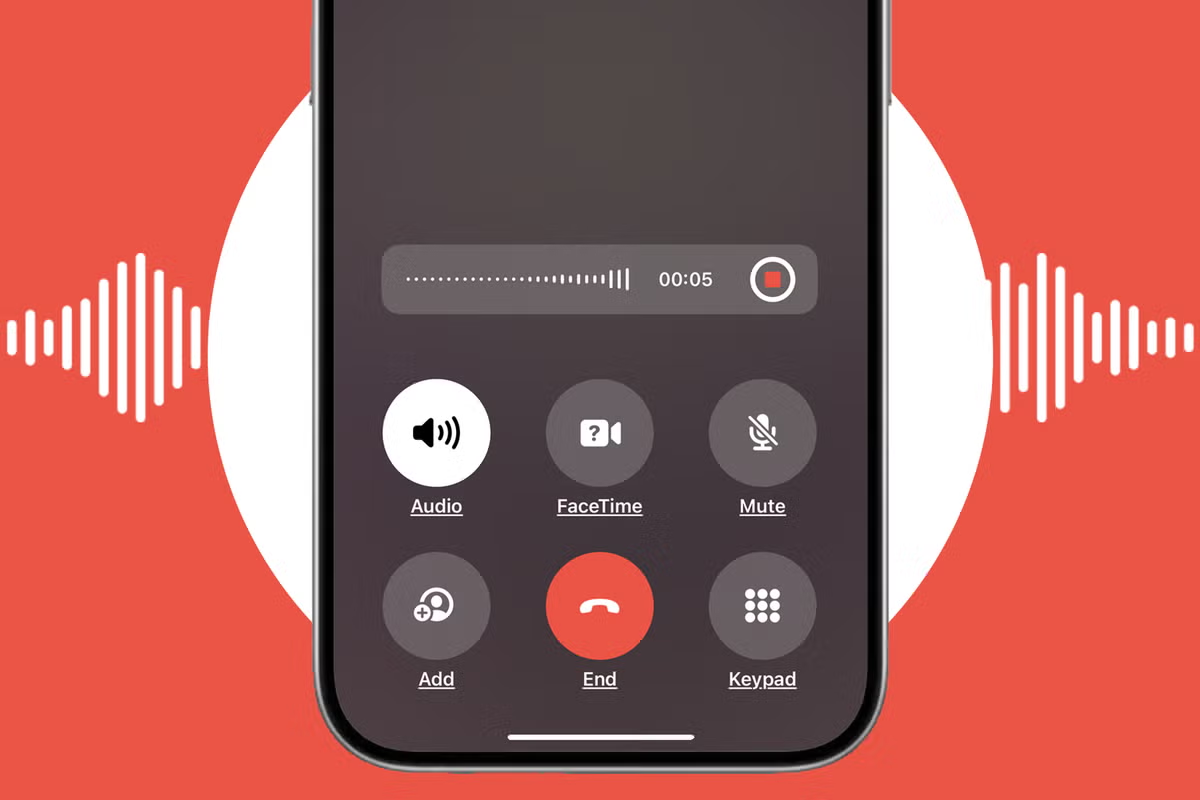
2. Categorize the Rejection: Timing / Fit / Delivery / Mood
Not all "no" responses are created equal, and treating them the same is a mistake. We sort every cold calling rejection into one of four buckets:
- Cold call Timing — They were interested but literally couldn't talk, had other priorities, or are locked into contracts. These are future opportunities, not dead ends.
- Fit — Wrong company size, industry, or use case. They'll never be a customer, and that's okay. Update your ICP and move on.
- Delivery — Your pitch, hook, or tone didn't land. This is the most valuable category because it's completely in your control to fix.
- Mood — They were having a bad day, got caught off guard, or were just unreceptive for reasons that have nothing to do with you. Retry later with a different approach.
Categorizing rejections helps you spot patterns. If 70% of your rejections are "Delivery," you know where to focus. If they're mostly "Timing," your pitch is probably fine — you just need better follow-up discipline.
3. Re-script & Test: Adjust Openers, Tone, or Offer
This is where science meets sales. Based on your rejection categories, make one specific change to your approach and test it across your next 20 calls.
Examples of what to test:
- Swap your opener from a question to a statement (or vice versa)
- Lead with a different pain point that's more urgent
- Change your tone from formal to conversational
- Shorten your intro from 30 seconds to 15 seconds
- Reference a mutual connection or recent company news earlier
The key is changing one variable at a time. If you overhaul your entire script, you won't know what actually moved the needle.
We run these mini-experiments constantly across our team, and the cold calling rejection tactics that win get rolled into everyone's playbook.
Track your results. Did your connection rate improve? Did you get further into conversations before hitting resistance? Did the tone of rejections change from hostile to polite? Small improvements compound over hundreds of calls.

4. Follow-Up Later: 60% of "Nos" Turn Into "Yes" With Consistent Follow-Ups
Here's the stat that most reps ignore: 60% of initial rejections convert into positive outcomes when followed up consistently over time. The problem? Most SDRs treat "not interested" as permanent.
How to deal with cold call rejection over the long game:
- Set a reminder to follow up in 30-90 days depending on the rejection type
- Change your medium — if you cold called, follow up with LinkedIn or email
- Reference your previous conversation: "We spoke back in October when the timing wasn't right..."
- Bring new value: a case study, industry insight, or relevant content piece
We've had prospects who rejected us four times before finally taking a meeting when their situation changed. The difference? We stayed polite, we stayed patient, and we stayed valuable.
This framework turns cold calling rejection from a dead end into a feedback loop. Record. Categorize. Test. Follow up. Repeat.
That's how average SDRs become top performers.
Building Emotional Resilience as an SDR
How to deal with cold call rejection long-term isn't just about tactics — it's about protecting your mental stamina.
We've seen talented SDRs burn out not because they couldn't handle the work, but because they couldn't handle the emotional weight of hearing "no" 200 times a week.
Here's what most people miss: rejection creates two types of fatigue. There's emotional fatigue (the psychological toll of being told "not interested" repeatedly) and data fatigue (the overwhelm of tracking so much information that starts to feel meaningless).
Both will wreck your performance if you don't actively manage them.

Mental Frameworks for Resilience
1️⃣ Detach from outcome — focus on process metrics
Stop measuring your day by meetings booked. Start measuring it by calls completed, conversations started, or objections handled professionally.
Why? Because you control those numbers completely. You don't control whether someone picks up, whether they're in buying mode, or whether their budget got frozen last week.
We have our SDRs track "controllable wins": dials made, voicemails left, new contacts researched, scripts tested.
When your self-worth is tied to process instead of outcomes, cold calling rejection stops feeling personal. You hit your call target? That's a win regardless of conversion rate.
2️⃣ Use affirmations and visualization (sports psychology method)
Elite athletes don't walk onto the field hoping they'll perform well — they visualize success beforehand. Same principle applies here. Before you start your calling block, spend two minutes visualizing a great conversation.
Hear yourself delivering your hook with confidence. Picture the prospect engaging, asking questions, agreeing to next steps.
Pair that with simple affirmations that rewire your brain's rejection response:
- "Every no gets me closer to a yes"
- "I'm testing and improving, not failing"
- "My value doesn't change based on this call"
It sounds cheesy until you try it for two weeks and notice you're recovering faster between bad calls. Sports psychologists have proven this works — your brain doesn't distinguish between vividly imagined success and real success when building confidence patterns.
3️⃣ Take micro-breaks after harsh calls
If you just got yelled at or hung up on mid-sentence, do not immediately dial the next number. That's how bad calls compound into bad days. Stand up. Walk ten steps. Get water. Take three deep breaths. Thirty seconds resets your nervous system so you're not carrying the energy from call 47 into call 48.
We actually build this into our team's workflow. After any call rated "harsh" in the CRM, there's a mandatory 60-second pause before the next dial.
It's not weakness — it's performance optimization. You can't show up authentically curious and helpful if you're still emotionally processing the last rejection.
4️⃣ Celebrate micro-wins (calls completed, new contact info found)
Waiting until you book a meeting to feel good about your work means you're living in a deficit mindset 95% of the time. That's unsustainable. Instead, celebrate the small stuff:
- Hit 50 dials before lunch? That's a win.
- Found a direct line that bypassed the gatekeeper? Win.
- Got a prospect to laugh? Win.
- Learned a new objection pattern? Win.
Here's the truth about cold call rejection that nobody tells new SDRs: it never stops hurting completely. Even our most experienced reps feel the sting sometimes. The difference is they've built systems to process it quickly and keep moving.
🤝 "You're one call away from your best deal — but only if you keep dialing." 🤝
That's not motivational fluff. It's statistical reality. The meeting that changes your quarter, the client that becomes your biggest champion, the deal that hits your annual quota — it's hiding somewhere in your call list.
But you only find it by staying resilient enough to keep searching when most people would've quit.
Building emotional resilience isn't about becoming robotic or numb to rejection. It's about developing the tools to feel it, process it, and move forward anyway.
That's the real skill that separates good SDRs from great ones.
How Cleverly Trains SDRs to Handle Rejection & Boost Conversions
Even the best SDRs face rejection — what matters is having the system, scripts, and data to bounce back fast. That's where Cleverly helps.

We're not just another cold calling lead gen agency. We're the team that's made over 1 million cold calls, booked 53,000+ appointments, and generated $312M in pipeline for clients like Amazon, Google, Uber, and PayPal.
We've seen every type of cold calling rejection imaginable, and we've built a system that turns "no" into "next" consistently.
Our $5M Cold Calling System Gets You 10-30 Qualified Sales Calls Every Month — Guaranteed
Here's what makes us different:
- No-accent appointment setters placed on your team
- Rigorous training to go live in 2 weeks
- Breakthrough call scripts written specifically for your ICP
- Data, tech, and power dialer included
- Half the cost of in-housing
- Guaranteed appointments or we replace your SDR
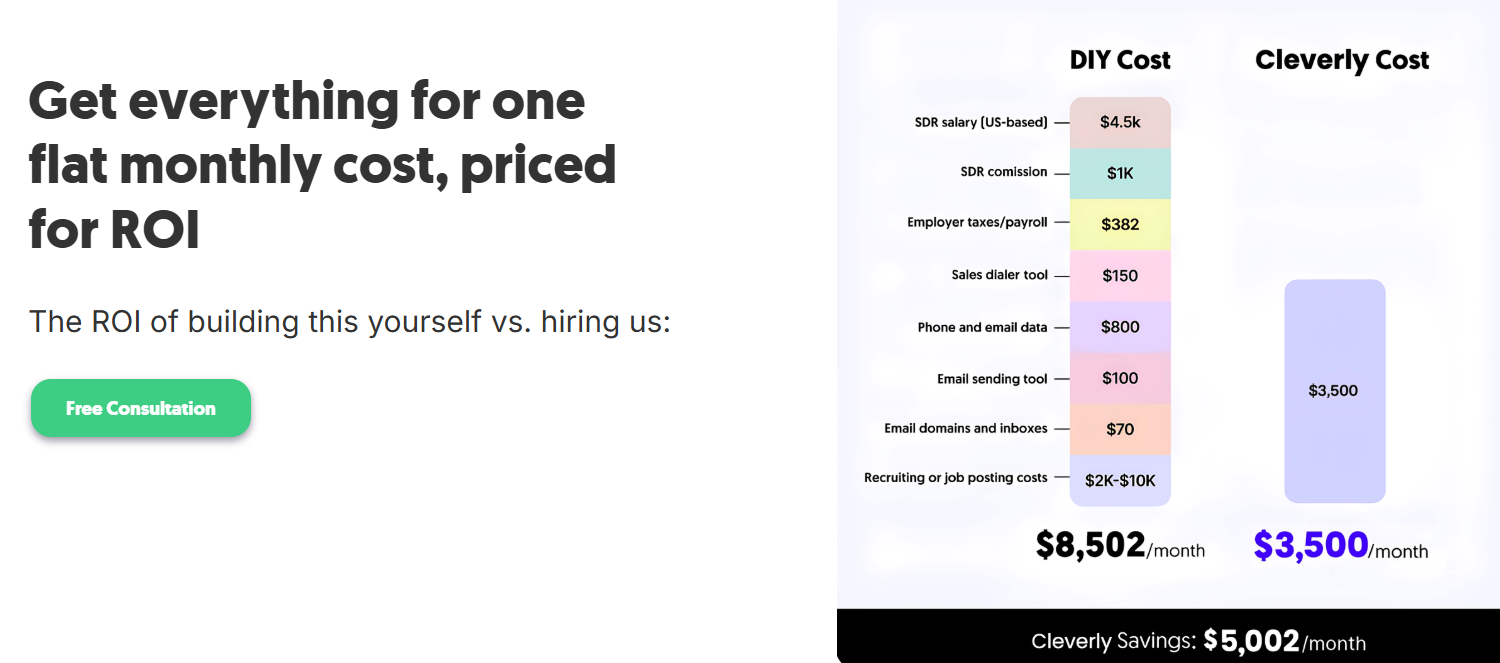
We don't just teach reps to survive rejection. We teach them to extract value from it. Every "no" gets categorized, every objection pattern gets tracked, and every script iteration gets measured against real conversion data.
Ready to stop handling cold calling yourself and start scaling with a team that's already made the mistakes?
👉 Get started with Cleverly today and turn your cold calling from a numbers game into a revenue engine.
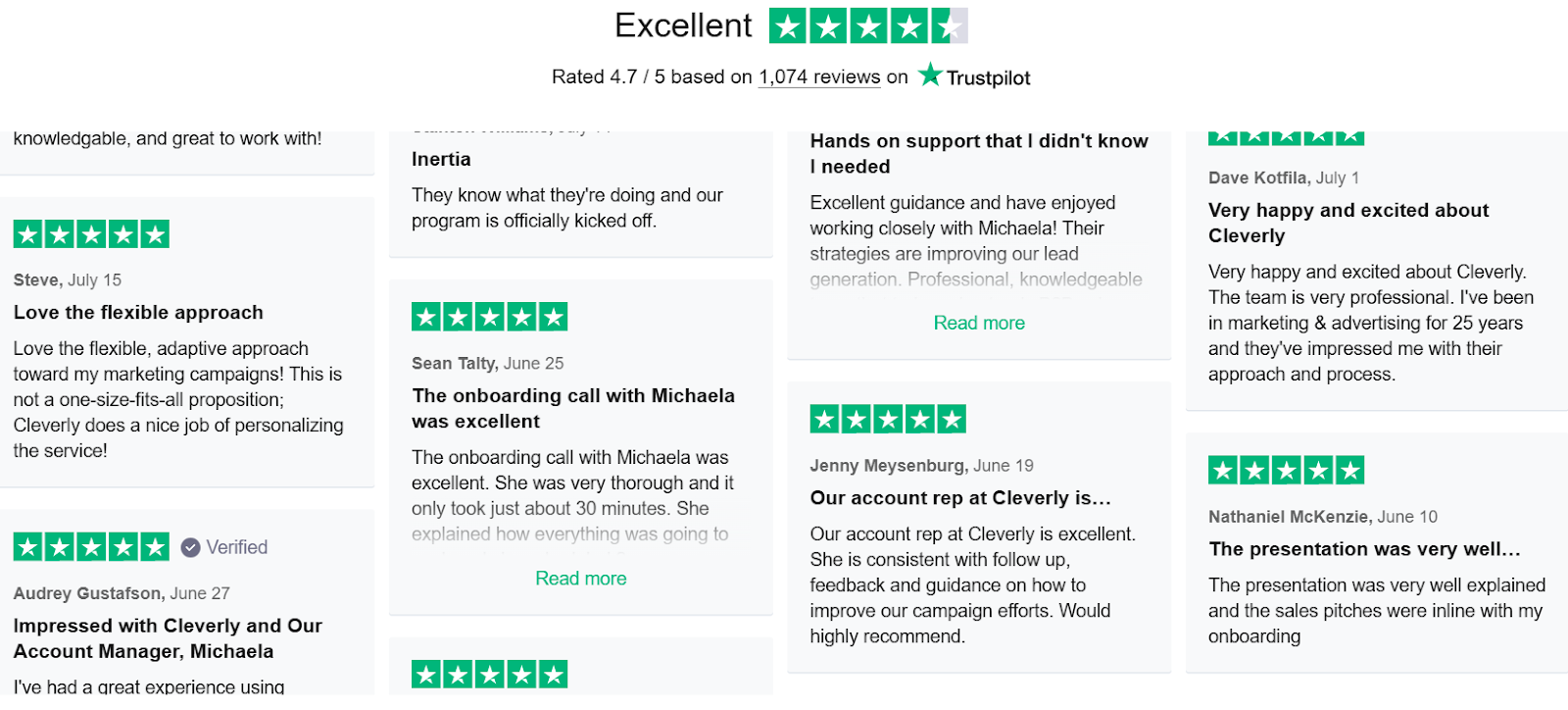
Conclusion
Cold calling rejection isn't your enemy — it's your filter and your teacher.
Every "not interested" is sorting through prospects who aren't ready, aren't the right fit, or aren't worth your time. Every hang-up is data telling you what to adjust. Every objection is a window into what your market actually cares about.
The SDRs who win aren't the ones who avoid rejection. They're the ones who've learned how to handle rejection in cold calling by treating it like the job itself, not a deviation from it.
You're not building thicker skin. You're building a better system — one where rejection becomes the raw material for improvement instead of the reason to quit.
So the next time you hear "we're all set" or get hung up on mid-pitch, remember: you're one call away from your best deal. The only way you lose is if you stop dialing.
Now get back on the phones. Those qualified sales calls aren't going to book themselves.
Frequently Asked Questions



